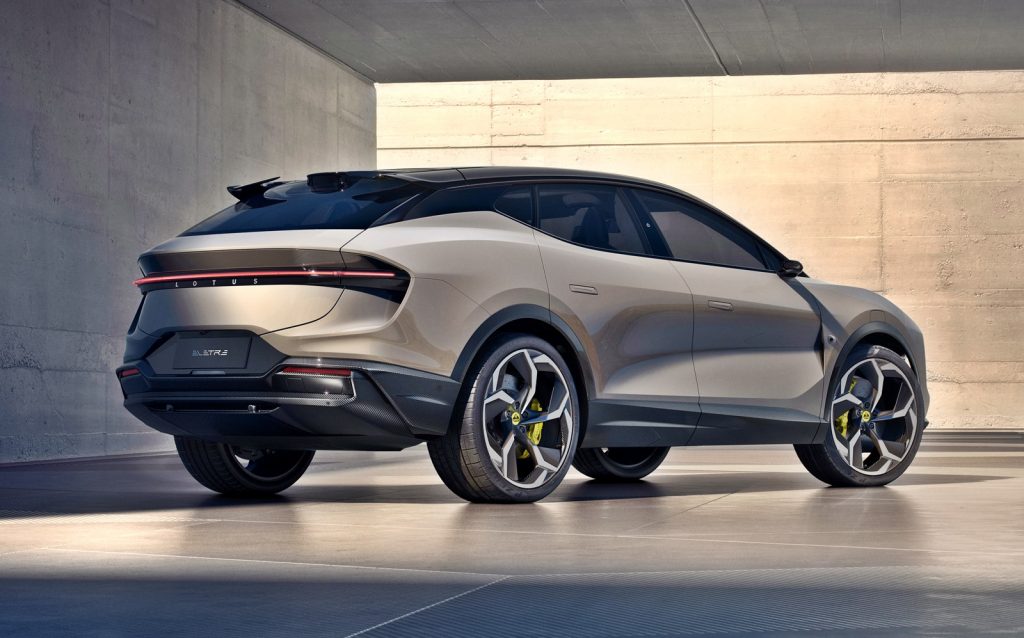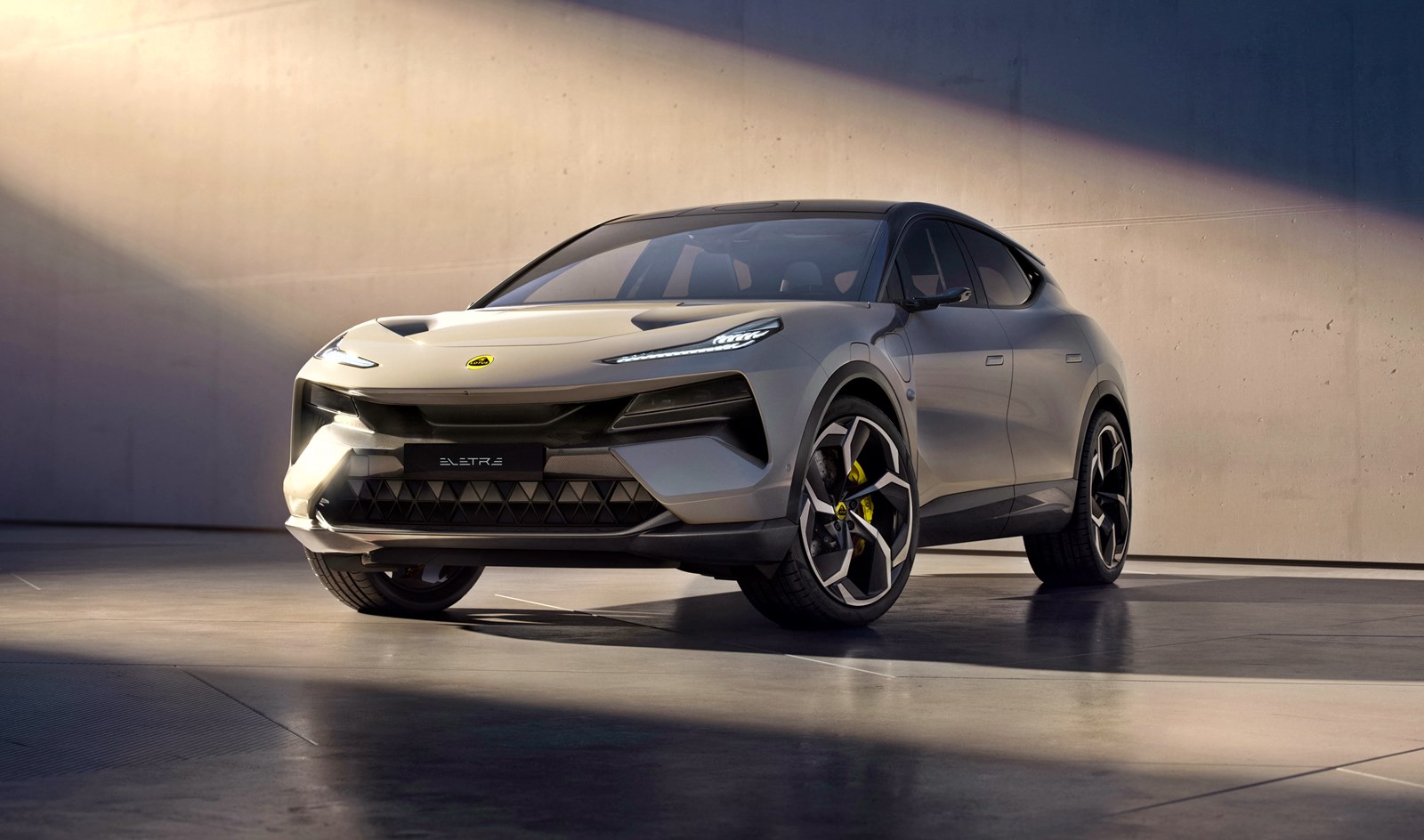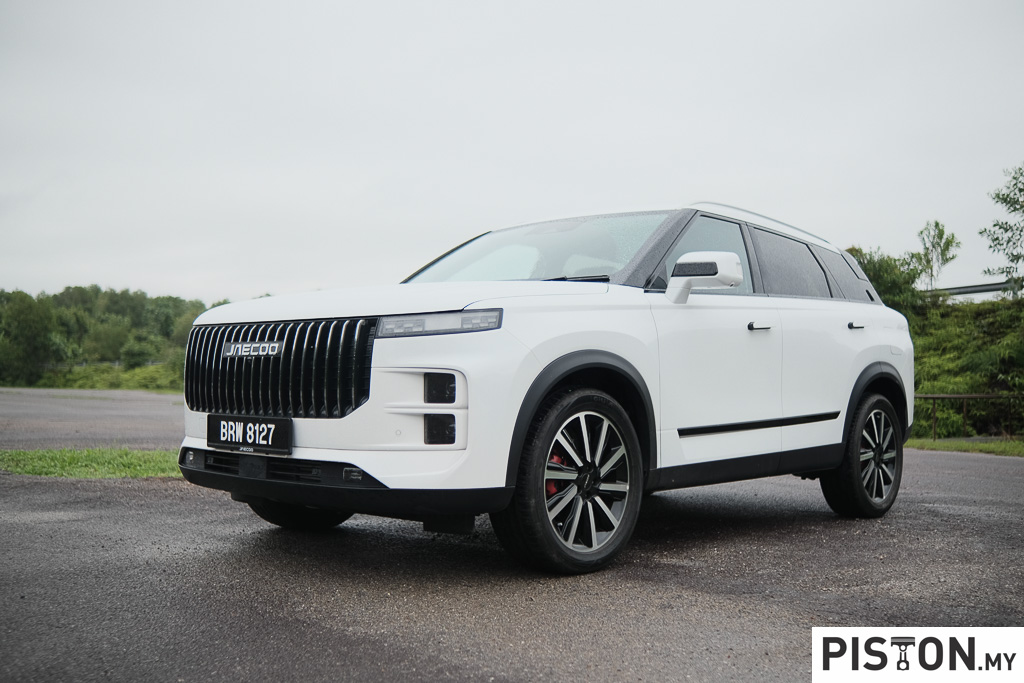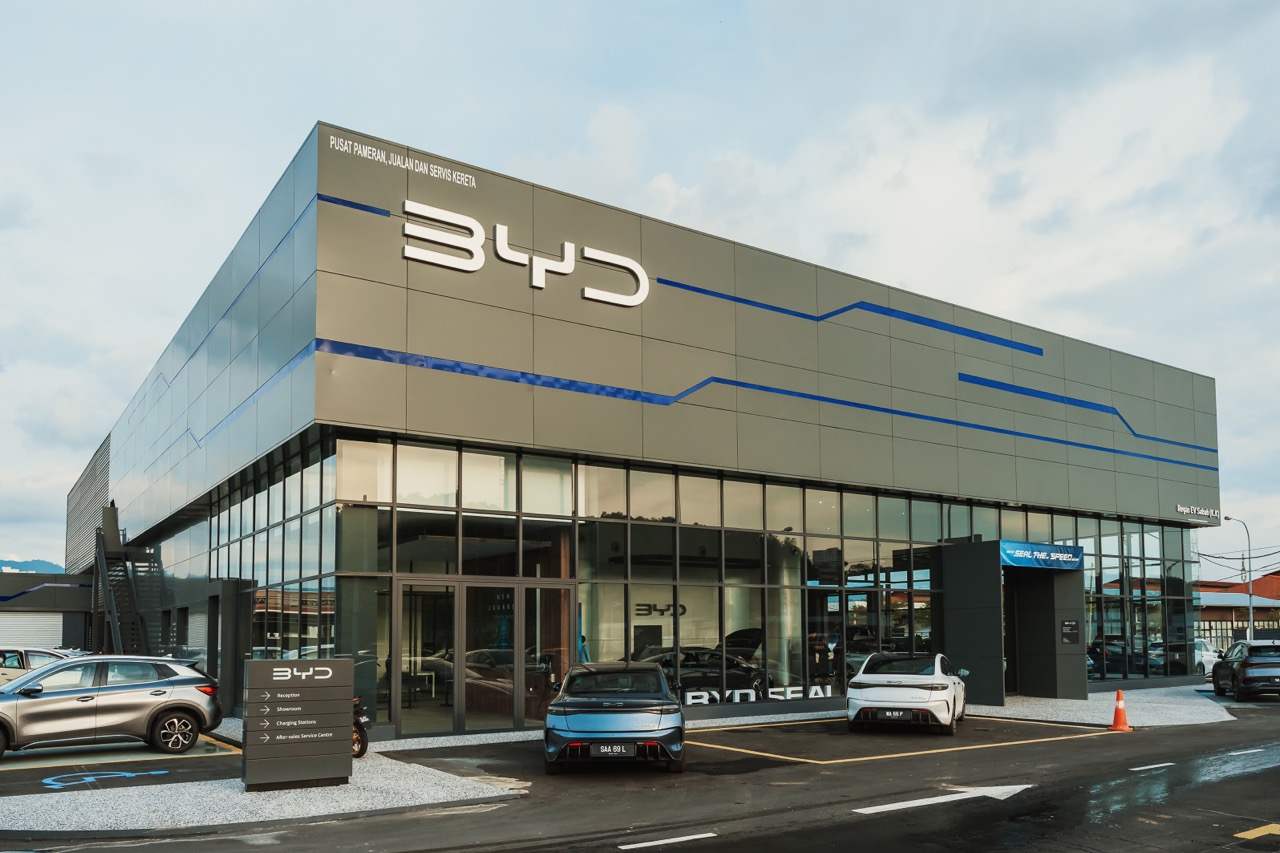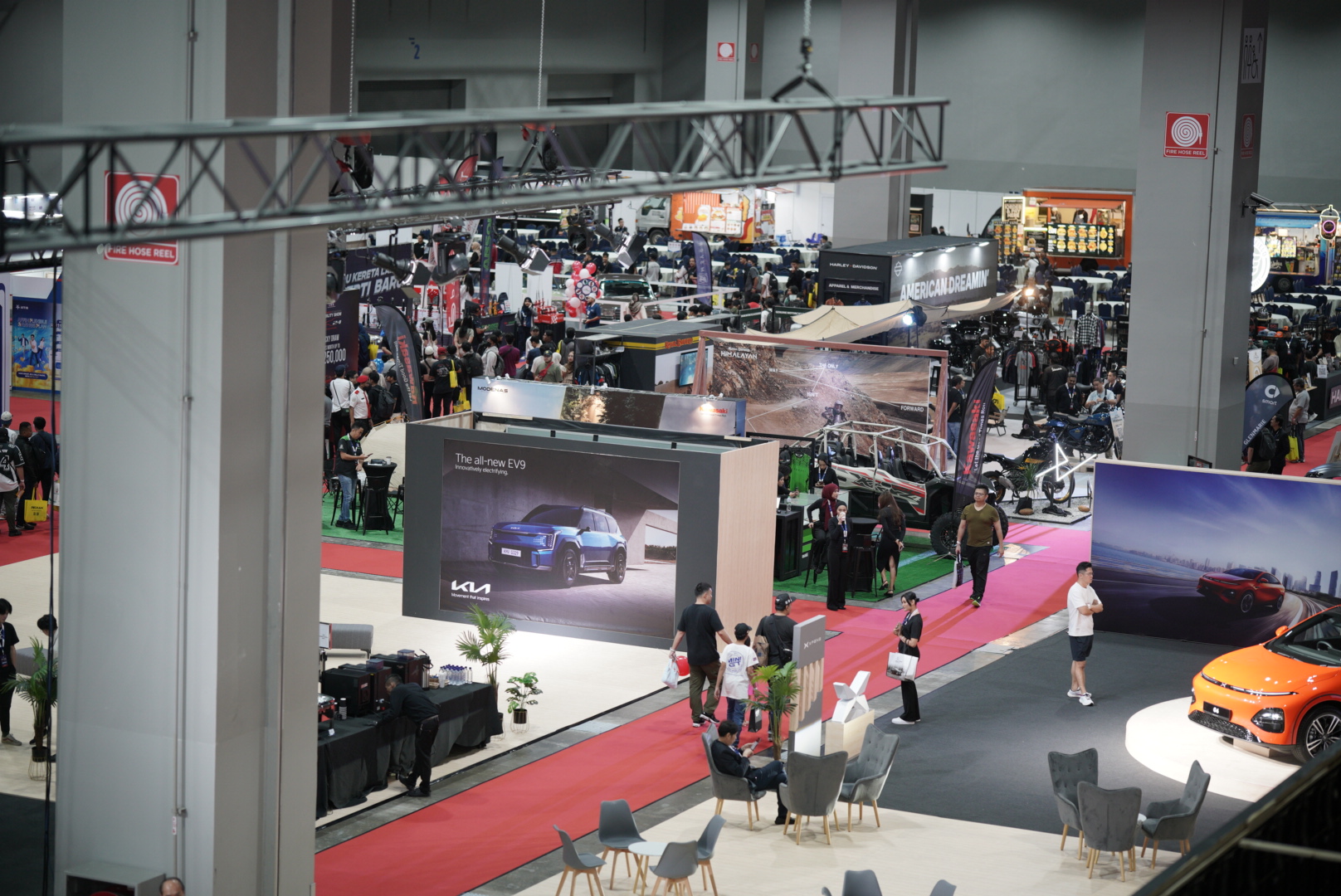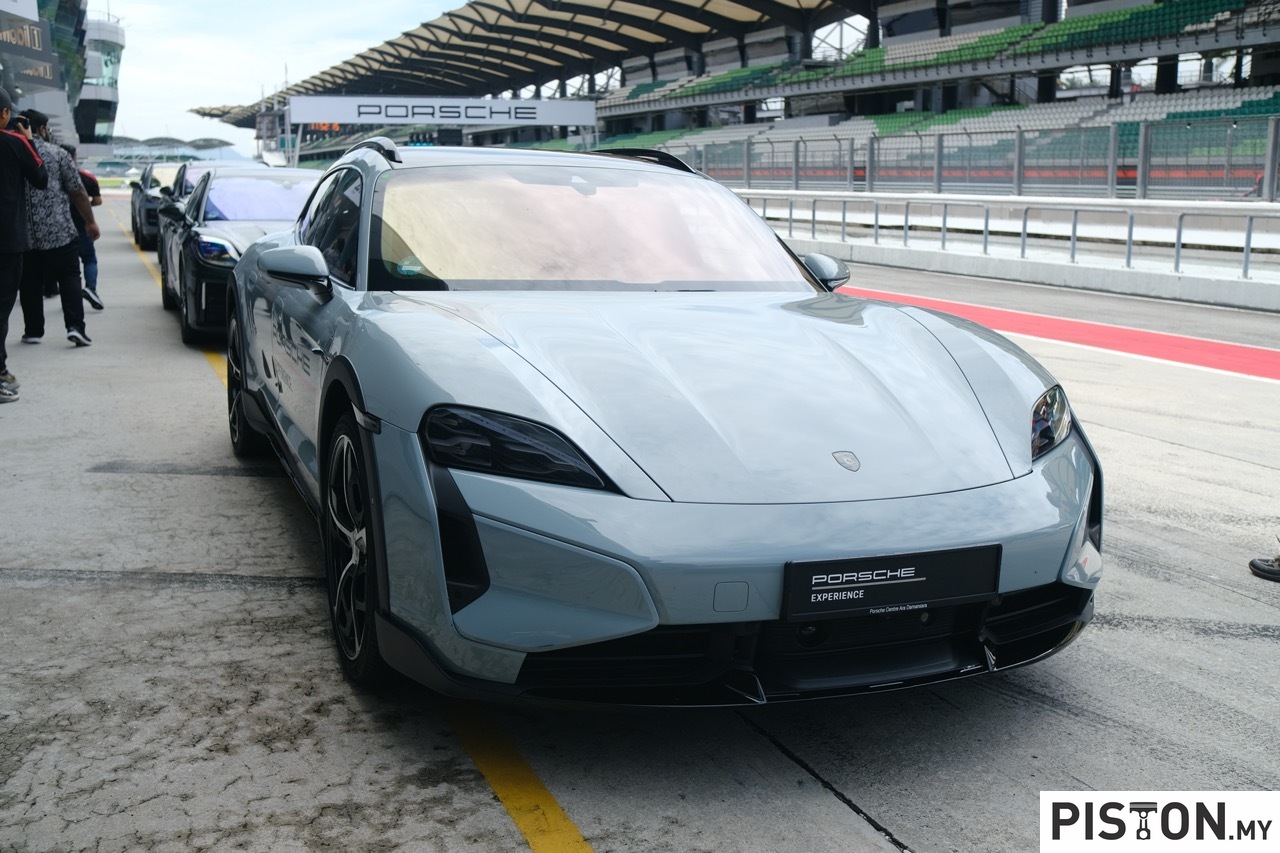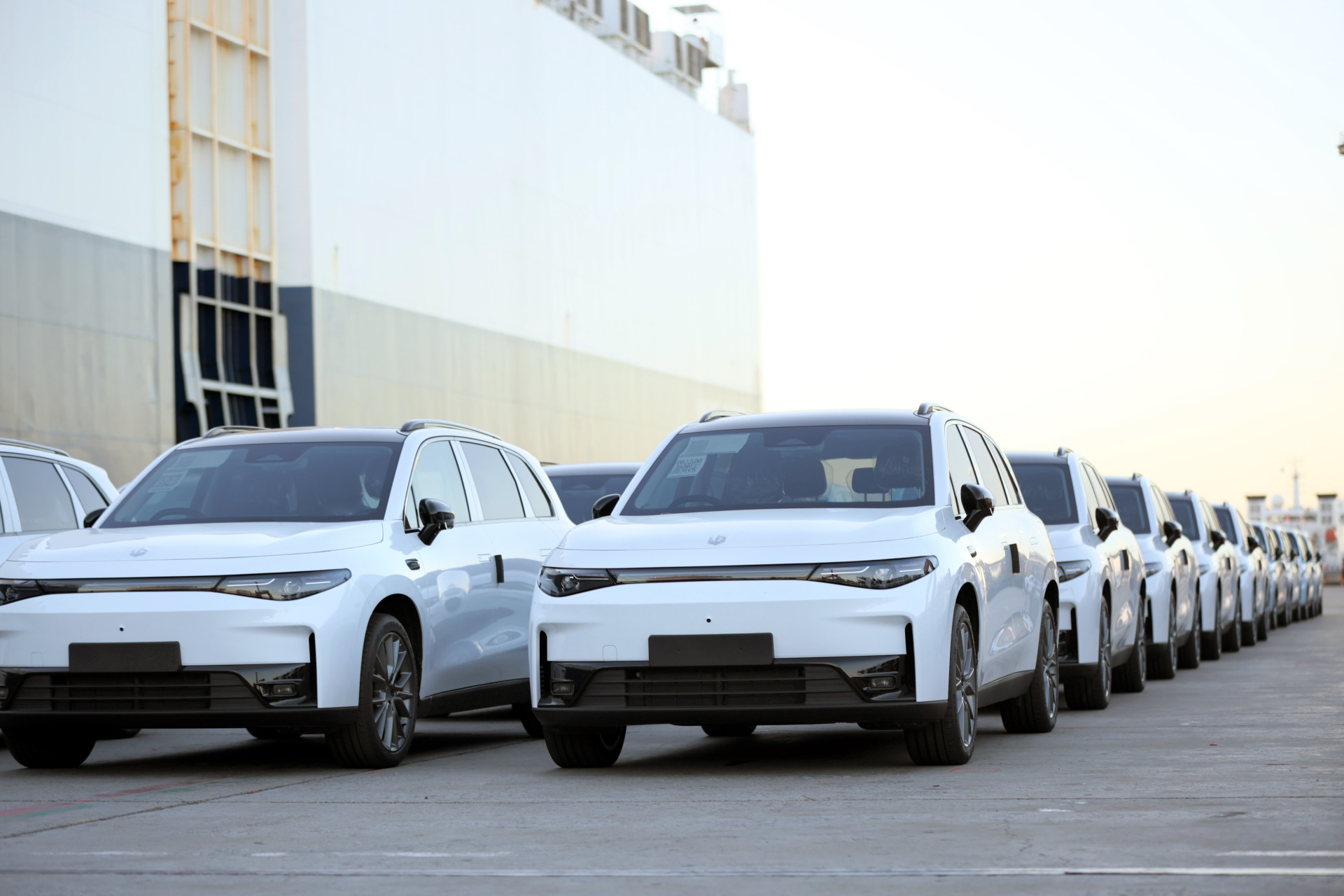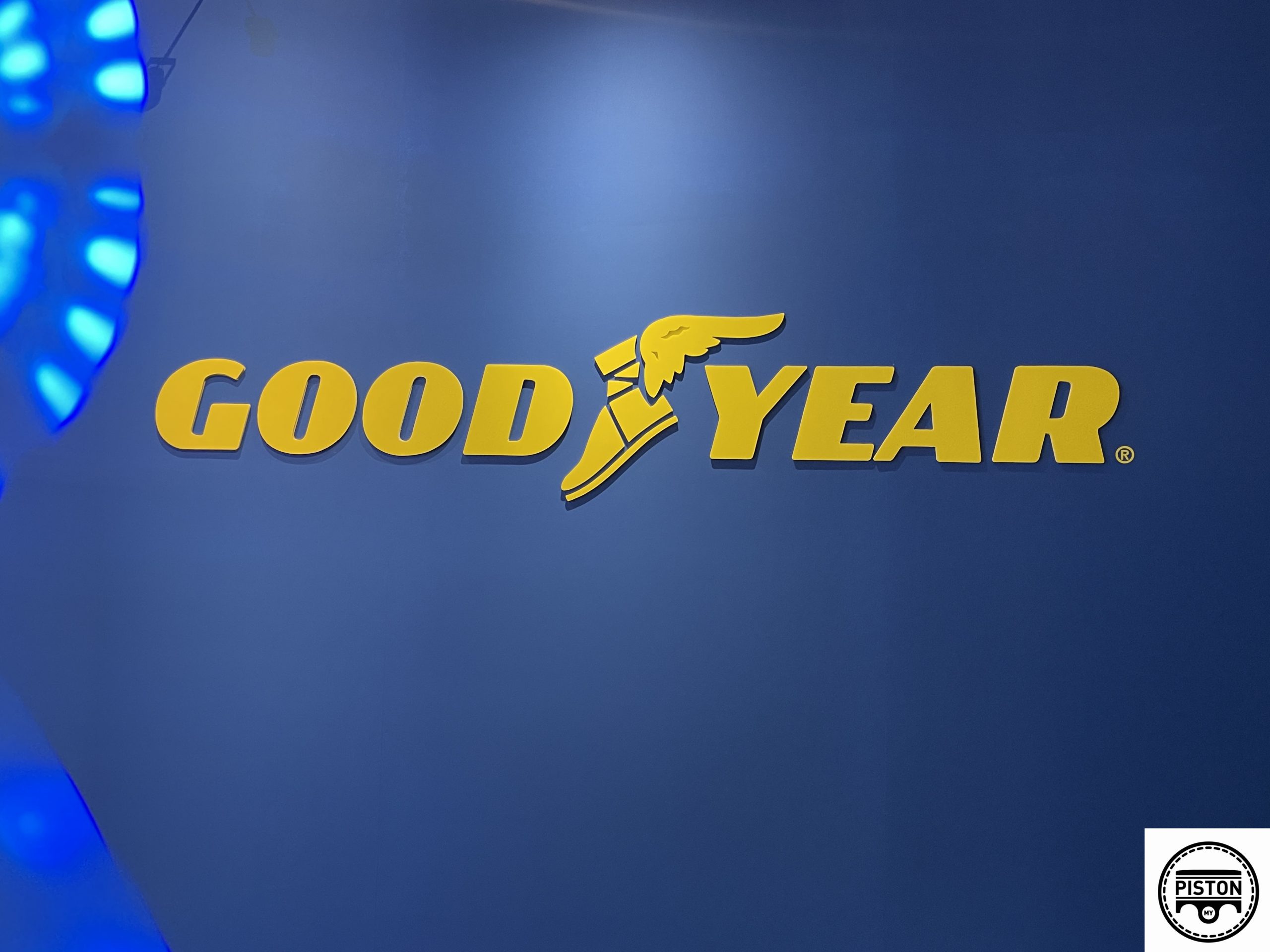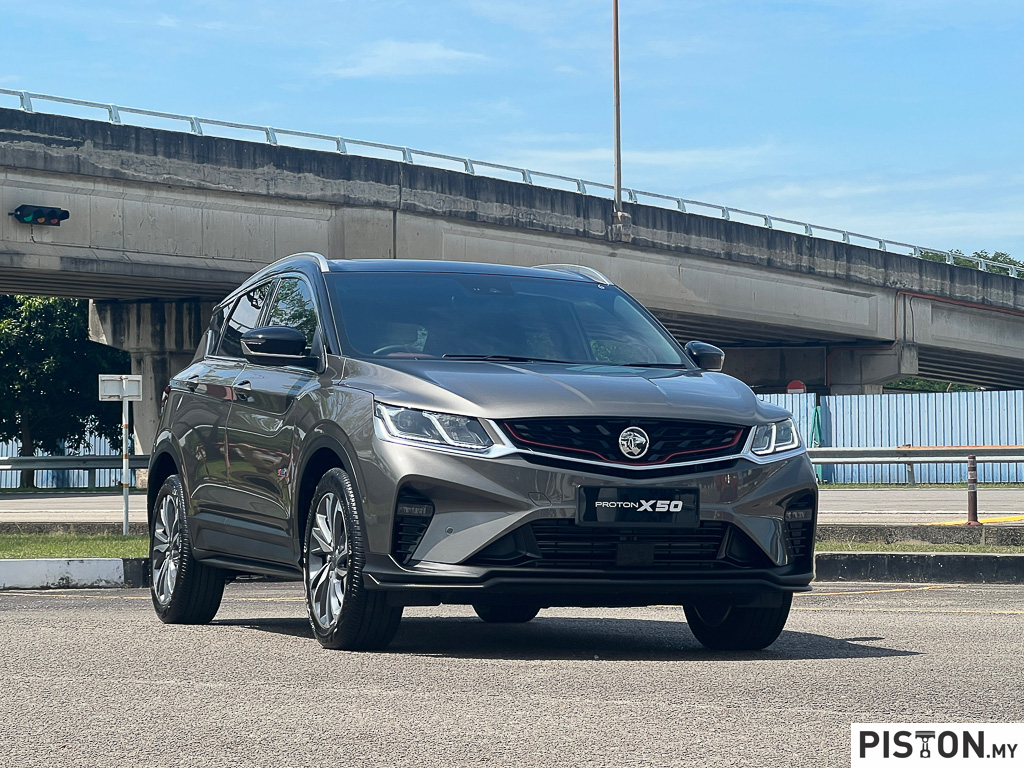In March last year, Lotus unveiled its Eletre Hyper-SUV to the world, providing a preview of its future in the electrified era that would see it going from a British sportscar company to a global performance car business and brand. At that time, the Eletre was still under development so details were few – but that didn’t stop thousands of customers around the world from ordering one (or more).
Today, the company has released details of the car which has pricing ranging from £89,500 to £120,000 (about RM487,000 – RM653,000) in the UK, with three versions available: Eletre, Eletre S and Eletre R. There will be a choice of two fully electric powertrains – 450 kW (603 ps) single-speed version with a claimed maximum range of 600 kms, and a 675 kW/905 ps dual-speed system with a maximum range of 490 kms. Torque figures are 710 and 985 Nm, respectively, delivering a 0 – 100 km/h) performance said to be either 4.5 or 2.95 seconds. The 112-kWh battery pack that is installed in both versions has a charging time (10% – 80%) of just 20 minutes using a rapid charger.
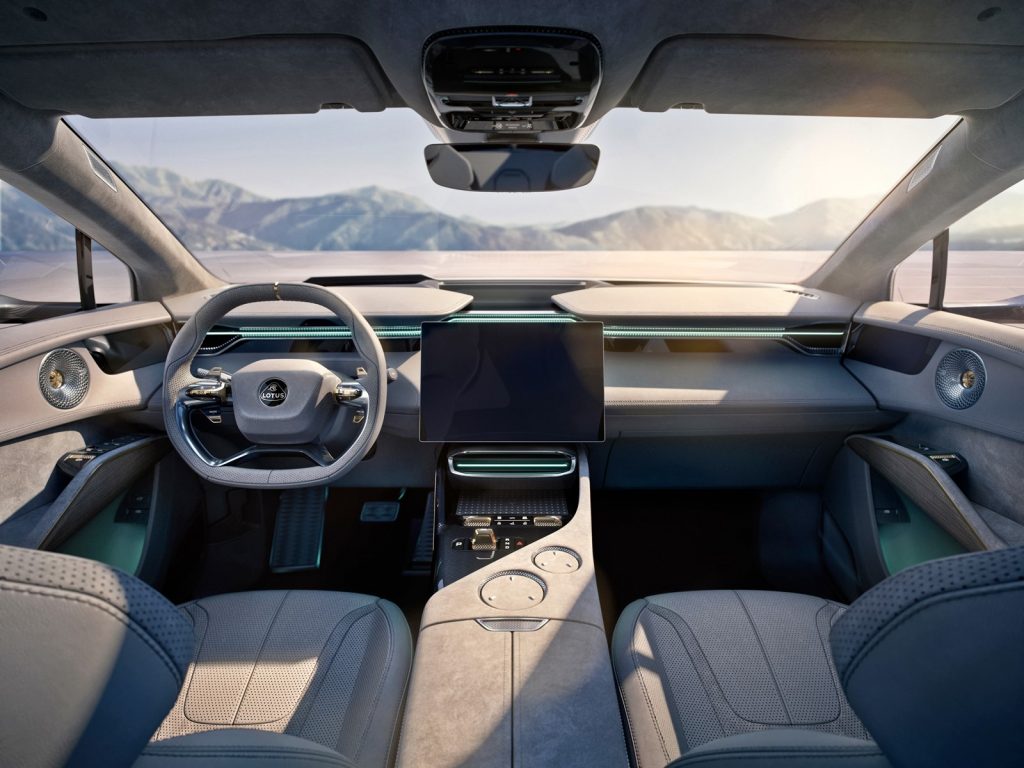
With the exterior details already familiar, it is the inside of the Eletre that now gets a lot of attention. The advanced ‘digital cockpit’ cabin mentioned earlier has an Operating System called Lotus Hyper OS. Lotus is using ‘Unreal Engine’ technology from the gaming industry, allowing the Lotus User Experience/User Interface team to create next-generation real-time 3D content and experiences.
With Lotus Hyper OS, there will be a a seamless interactive experience that is said to offer best-in-class performance in terms of visual effects and interactive feedback, putting the two occupants in complete control.

A next-generation Digital Head Unit from global mobility tech company ECARX will debut on the Eletre. It reconfigures the user’s in-car experience by providing fully customisable displays, hosted on an advanced Driver Information Module, and ultra-slim floating one-billion-colour OLED touchscreen for more realistic graphics and a more futuristic visual effect.
The platform includes ECARX’s first dual-chip system to enable server-level computing power for rapid processing and smooth rendering. The resulting immersive multi-screen user experience can be continuously improved during the lifetime of the car via future Over-The-Air (OTA) updates.
Lotus has also revealed it is partnering with HERE Technologies to deliver integrated navigation services for the Eletre. The service includes EV Routing, EV Range Assistant and Predictive Routing, and can be updated via OTA updates.
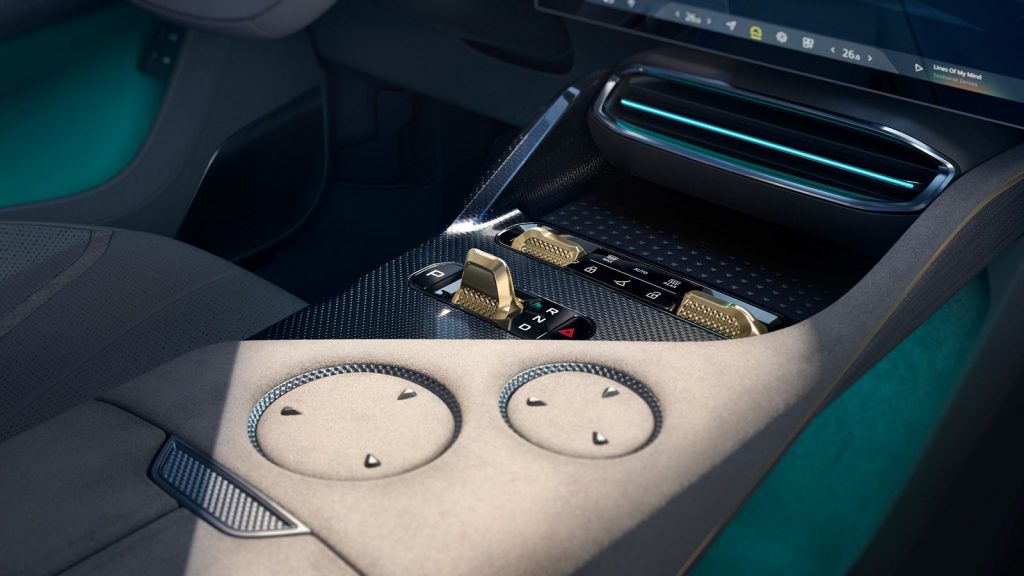
In a new collaboration with Dolby, the Eletre will have the immersive audio experience enabled by Dolby Atmos. Together with the KEF speaker system, the occupants should be able feel like they’re sitting in the middle of the recording studio alongside the artist. The Eletre is the world’s first car to combine Dolby Atmos and KEF Audio.
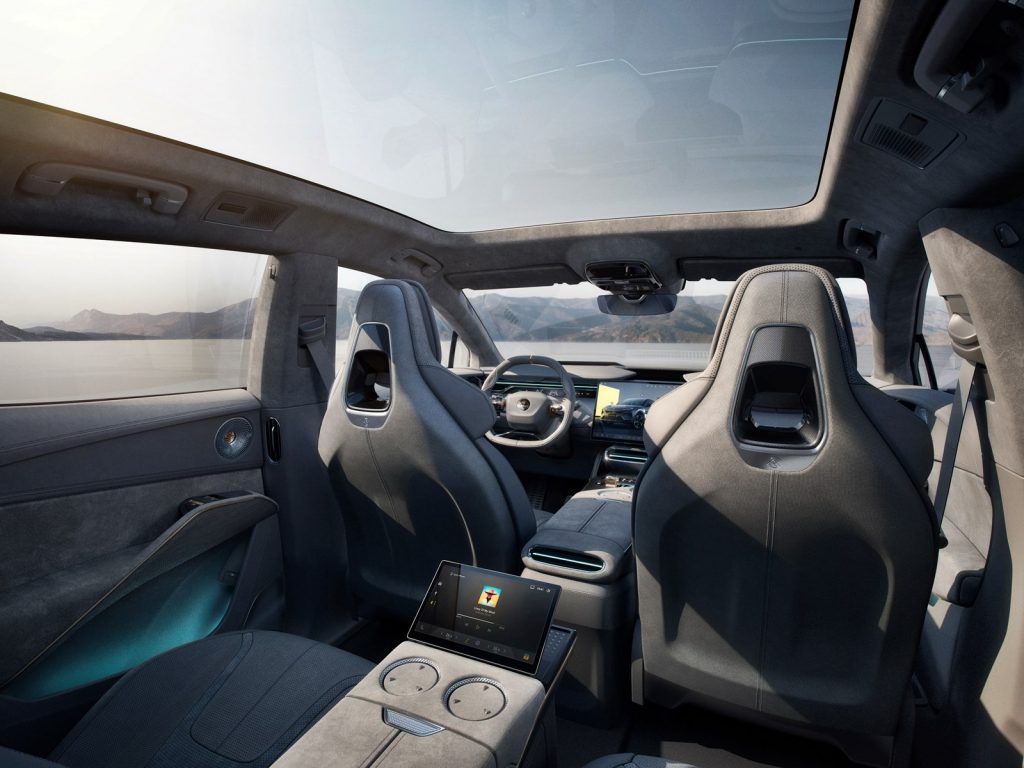
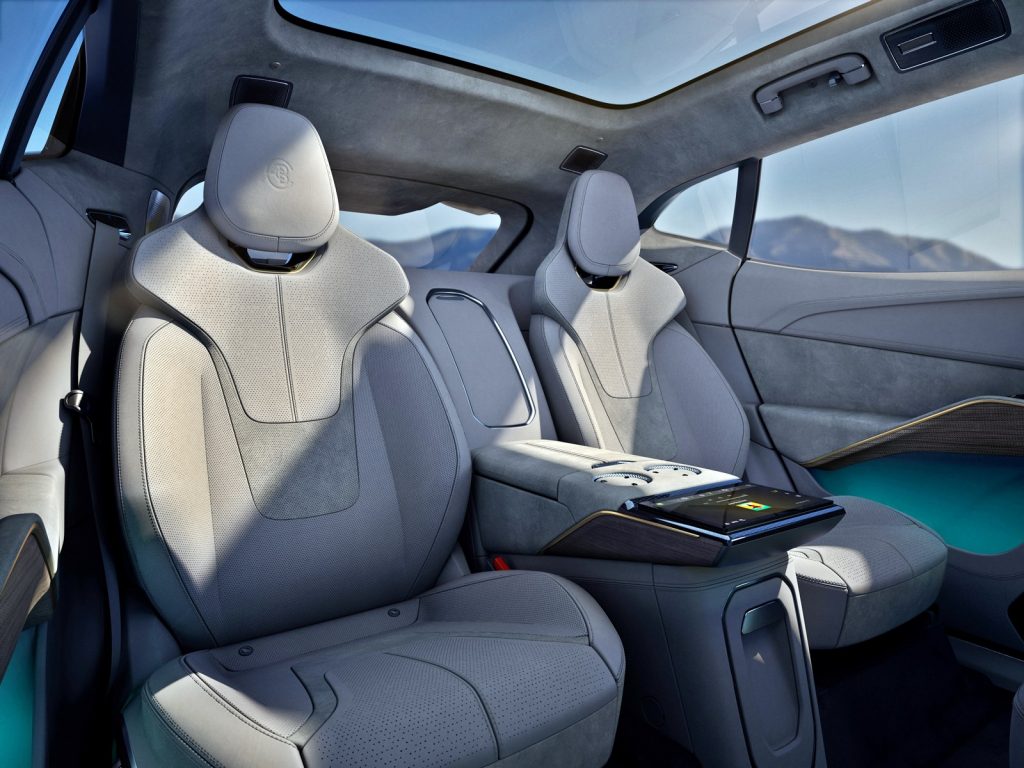
The premium cabin takes Lotus interiors to an all-new level. As standard, the Eletre comes with wireless smartphone charging, 12-way electrically adjustable front seats, 4-zone automatic climate control and an ‘intelligent cockpit’ infotainment system. All versions of the Eletre have 5 seats as standard, with a 4-seat version available as part of the Executive Seat Pack.
Naturally, customers have further opportunities to customize and personalize their car using option packs. Those available at launch include the Lotus Dynamic Handling Pack, Ceramic Brake Pack, Executive Seat Pack, Comfort Seat Pack, Carbon Fibre Pack, Extended Carbon Fibre Pack and Interior Carbon Fibre Pack. Many options from the packs are also available individually.
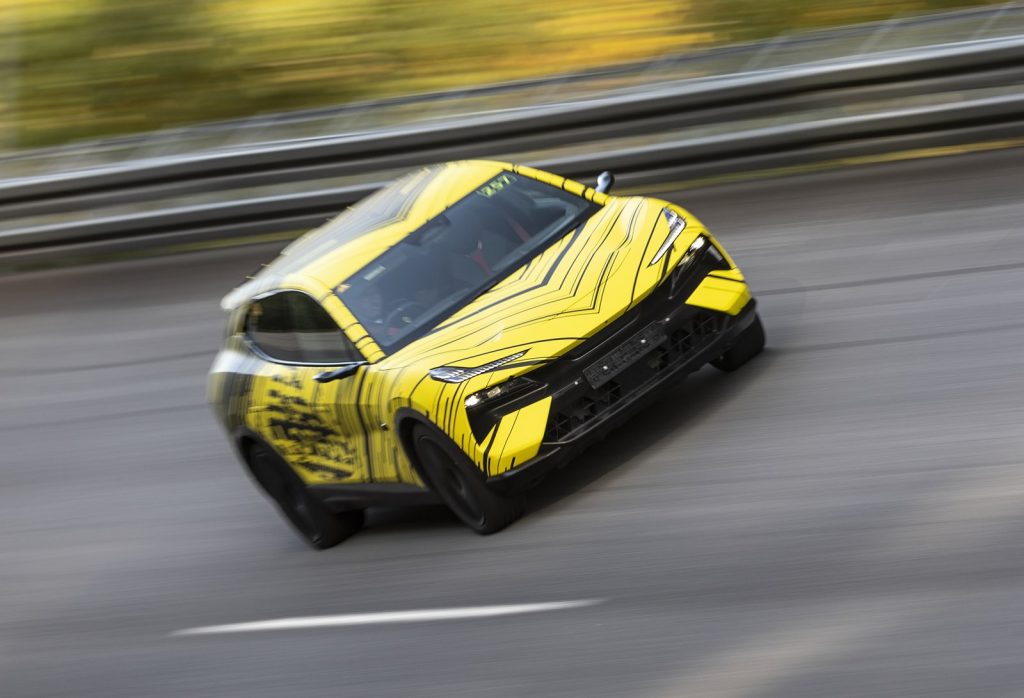
Also standard is the deployable LIDAR technology, a world-first in a production car which supports end-to-end autonomous driving technology. Integrated OTA software update capability ensures the system will be fully ready when individual market regulations allow for the more advanced levels of autonomous driving.
Lotus will be supplying cars to customers in Europe and China first, and the arrival of the Eletre in North America, Middle East, Asia Pacific and other regions will only begin from 2024.
